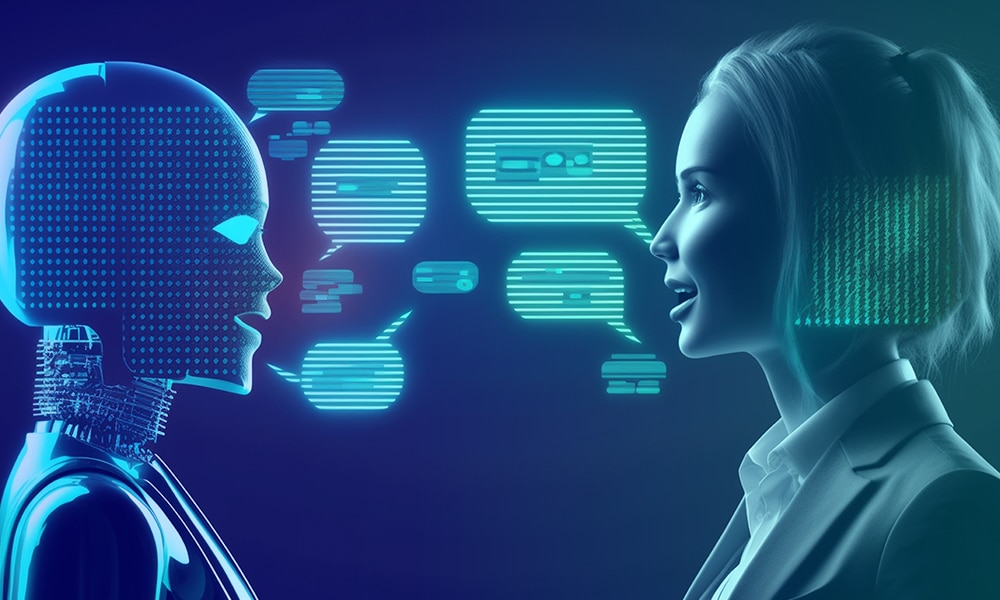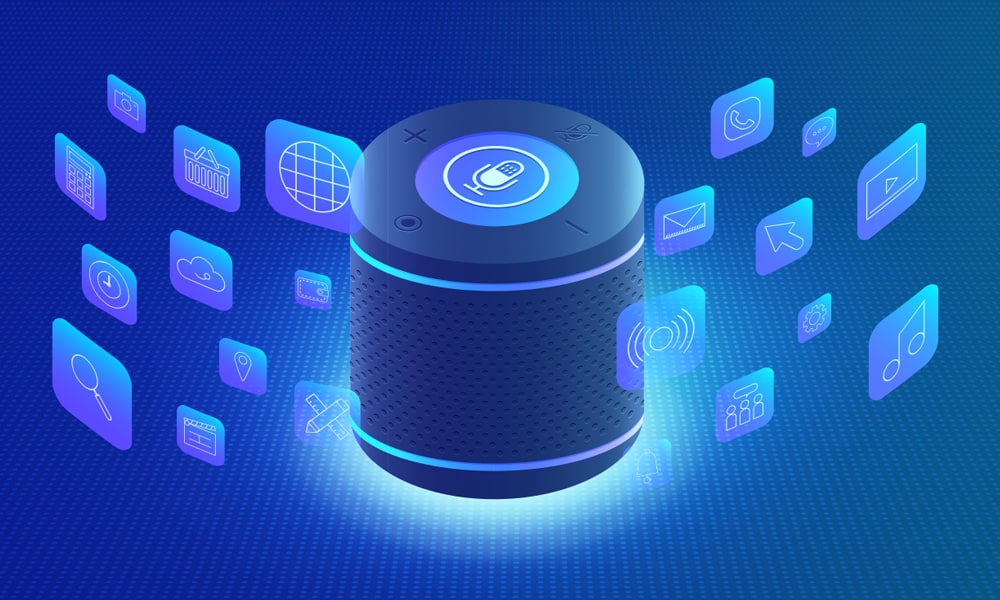Today, we have some talking robots as chatbots, virtual assistants, and more in our homes, car systems, portable devices, home automation solutions, etc. These devices precisely listen to what we say and how we say and retrieve results or execute specific tasks.
And if you’ve been using an assistant like Siri or Alexa, you would also realize that they are becoming quirkier by the day. Their responses are witty, they talk back, they snub, give back compliments and behave more human-like than some of the colleagues you may know. We’re not joking. According to PwC, 27% of the users who interacted with their recent customer service associate did not know if they were talking to a human or a chatbot.
Developing such intricate conversational systems and devices is highly complex and daunting. It’s a different ball game altogether with distinct development approaches. That’s why we thought we should break it down for you for easier understanding. So, if you’re looking to develop a conversational AI engine or a virtual assistant, this guide will help you get clarity.
Significance Of Conversational AI
As technology becomes a more integral aspect of our lives in the form of newer devices and systems, there arises a need to push barriers, break conventions and come up with new ways to interact with them. From simply using connected peripherals like mouse and keyboard, we switched to mouse pads that offered more convenience. We then migrated to touchscreens that offered further convenience in feeding inputs and executing tasks.
With devices becoming extensions of ourselves, we are now unlocking a new medium of commanding through voice. We don’t even need to be near a device to operate it. All we have to do is use our voice to unlock it and command our inputs. From a nearby room, when driving, while using another device simultaneously, conversational AI performs our intended tasks seamlessly. So where do we begin – it all starts with high-quality speech data to train ML models.
The Basics Of Collecting Speech Training Data
Collecting and annotating AI training data for conversational AI is very different. There are tons of intricacies involved in human commands and diverse measures have to be implemented to ensure every aspect is accommodated for impactful results. Let’s look at what some of the fundamentals of speech data are.
Natural Language Understanding (NLU)
For chatbots and virtual assistants to understand and respond to what we text or command, a process called NLU is implemented. It stands for Natural Language Understanding and involves three tech concepts to interpret and process diverse input types.
Intent
It all starts with intent. What is a particular user trying to convey, communicate or achieve through a command? Is the user looking for information? Are they waiting for updates for an action? Are they commanding an instruction for the system to execute? How are they commanding it? Is it through a question or a request? All these aspects help machines understand and classify intents and purposes to come up with airtight responses respectively.
Utterance Collection
There’s a difference between the command,” Where’s the nearest ATM?” and the command,” Find me a nearby ATM.” Now humans would acknowledge that both mean the same thing but machines have to be explained with this difference. They are the same in terms of intent but how the intent has been shaped is completely different.
Utterance collection is all about defining and mapping different utterances and phrases towards specific goals for the precise execution of tasks and responses. Technically, data annotation specialists work on speech data or text data to help machines differentiate this.
Entity Extraction
Every sentence has specific words or phrases that carry weightage emphasized and it is this emphasis that leads to an interpretation of context and purpose. Machines, like the rigid systems they are, need to be spoon-fed such entities. For example,” Where can I find strings from my guitar near 6th Avenue?”
If you refine the sentence, find is entity one, strings are two, the guitar is three and the 6th avenue is 4. These entities are clubbed together by machines to retrieve appropriate results and for this to happen, experts work at the backend.
Off-the-shelf Voice / Speech / Audio Datasets to Train Your Conversational AI Model Faster
Designing Dialogues For Conversational AI
The goal of AI has predominantly been replicating human behavior through gestures, actions, and responses. The conscious human mind has the innate ability to understand context, intent, tone, emotions, and other factors and respond accordingly. But how can machines differentiate these aspects?
Designing dialogues for conversational AI is very complex and more importantly, quite impossible to roll out a universal model. Each individual has a different way of thinking, talking, and responding. Even in responses, we all articulate our thoughts uniquely. So, machines have to listen and respond accordingly.
However, this is not smooth as well. When humans talk, factors like accents, pronunciation, ethnicity, language, and more come in and it is not easy for machines to misunderstand and misinterpret words and respond back. A particular word can be understood by machines in a myriad of ways when dictated by an Indian, a British, an American, and a Mexican. There are tons of language barriers that come into play and the most practical way to come up with a response system is through visual programming that is flowchart-based.
Through dedicated blocks for gestures, responses, and triggers, authors and experts can help machines develop a character. This is more like an algorithm machine can use to come up with the right responses. When an input is fed, the information flows through corresponding factors, leading to the right response for machines to deliver.
Dial D For Diversity
Like we mentioned, human interactions are very unique. People around the world come from different walks of life, backgrounds, nationalities, demographics, ethnicities, accents, diction, pronunciation, and more.
For a conversational bot or a system to be universally operable, it has to be trained with as diverse training data as possible. If, for instance, a model has been trained only with the speech data of one particular language or ethnicity, a new accent would confuse the system and compel it to deliver wrong results. This is not just embarrassing for business owners but insulting for users as well.
That’s why the development phase should involve AI training data from a rich pool of diverse datasets composed of people from all possible backgrounds. The more accents and ethnicities your system understands, the more universal it would be. Besides, what would annoy users more is not incorrect retrieval of information but failure to understand their inputs in the first place.
Eliminating bias should be a key priority and one way companies could do this is by opting for crowdsourced data. When you crowdsource your speech data or text data, you allow people from around the world to contribute to your requirements, making your data pool only wholesome (Read our blog to understand the benefits and the pitfalls of outsourcing data to crowdsource workers). Now, your model will understand different accents and pronunciations and respond accordingly.
The Way Forward
Developing conversational AI is as difficult as raising an infant. The only difference is that the infant would eventually grow to understand things and get better at communicating autonomously. It’s the machines that need to be consistently pushed. There are several challenges in this space currently and we should acknowledge the fact that we have some of the most revolutionary conversational AI systems stemming out despite these challenges. Let’s wait and see what the future holds for our friendly neighborhood chatbots and virtual assistants. Meanwhile, if you intend to get conversational AI like Google Home developed for your business, reach out to us for your AI training data and annotation needs.







